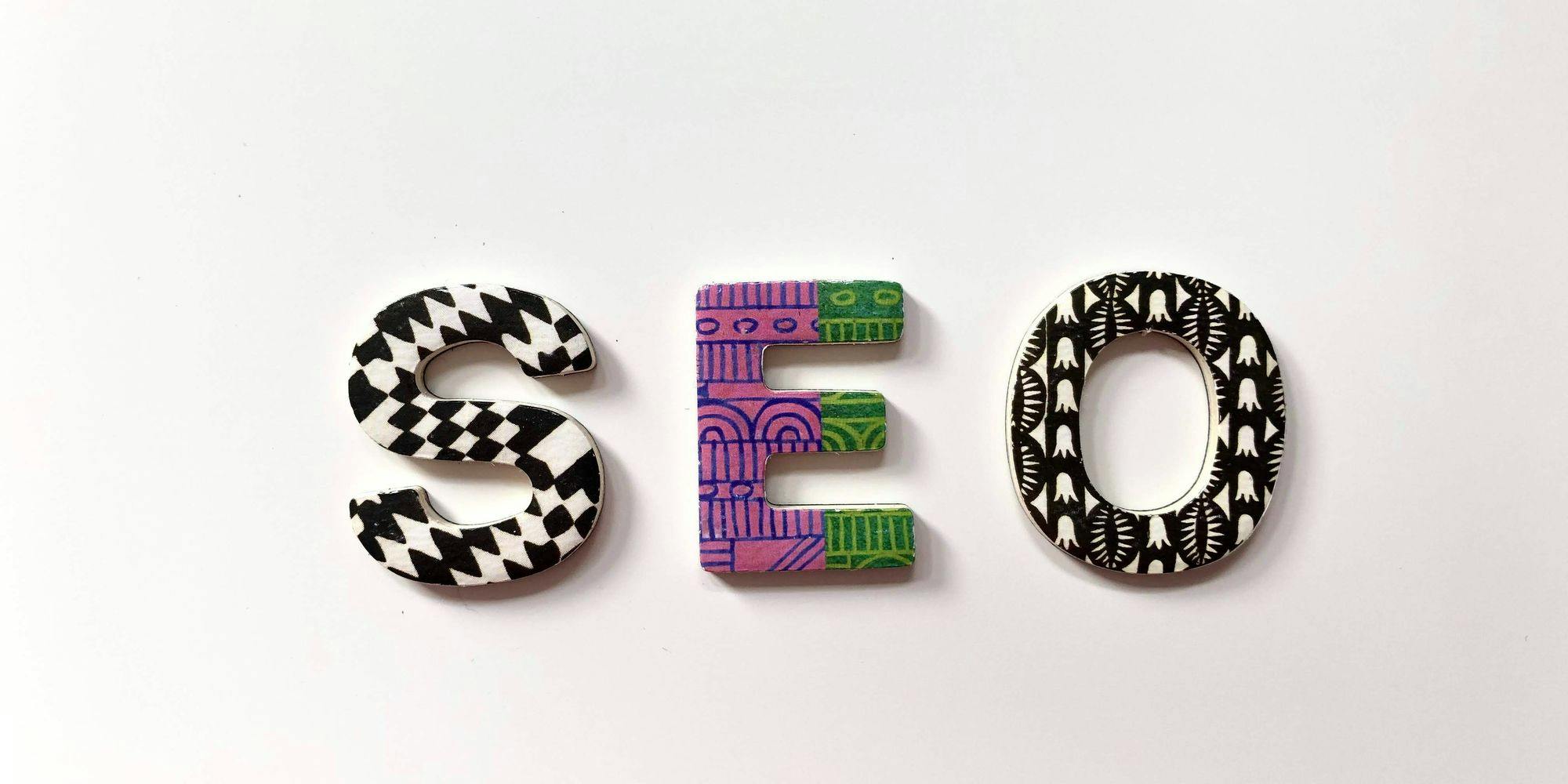What is SEO

Search Engine Optimization (SEO) is the process of optimizing a website to improve its visibility in search engine results pages (SERPs). The goal of SEO is to increase the quantity and quality of organic traffic to a website from search engines like Google, Bing, Yahoo, etc.
Here are some key concepts and techniques that are important for SEO:
Keywords: Identifying relevant keywords and phrases that people are searching for is the first step in SEO. These keywords should be included in the content, meta tags, and URLs of the website.
Content: Creating high-quality, relevant, and informative content is essential for SEO. The content should be optimized for both search engines and users, and it should be regularly updated to keep it fresh and relevant.
On-Page Optimization: This includes optimizing various elements of the website such as the title tags, meta tags, headers, and URLs to make them more search engine friendly.
Link Building: Search engines use links to crawl and index the web, so having high-quality links pointing to a website is an important factor in SEO. This can be achieved by getting other websites to link to the site, creating valuable content that others want to link to, and by participating in link building campaigns.
Technical Optimization: This includes optimizing the technical aspects of the website such as the website's code, site speed, mobile-friendliness, and website architecture.
Measuring and Tracking: The progress of SEO campaigns should be regularly measured and tracked to see what works and what doesn't, and to adjust the strategy accordingly. Tools such as Google Analytics and Search Console can be used to track the performance of a website in SERPs.
Keep in mind that SEO is an ongoing process, and it's important to stay up to date with the latest best practices and algorithm updates.
It's also important to remember that SEO is not a guarantee of high rankings or a specific search engine result position. While implementing best practices can improve your website's visibility, search engine rankings are influenced by many factors, and can fluctuate over time. Additionally, SEO is not a substitute for creating high-quality, relevant content, and it's important to focus on creating a great user experience for your website visitors.
There are several ways to do SEO with HTML:
- Use of keywords in the title tag: The title tag is one of the most important elements of a web page for SEO. It tells search engines what the page is about and should include the main keyword for the page. The title tag should be placed within the head section of the HTML code and should be no longer than 60 characters.
- Use of keywords in the meta description: The meta description is the text that appears below the title in the search engine results pages (SERPs). This should be a brief summary of the page's content and should include the main keyword. The meta description should be placed within the head section of the HTML code and should be no longer than 160 characters.
- Use of header tags (H1, H2, H3, etc.): Header tags are used to structure the content of a web page and signal to search engines the importance of different sections of the page. The H1 tag is the most important and should be used for the main heading of the page, while H2, H3, etc. can be used for subheadings.
- Use of alt tags for images: Alt tags are used to describe the content of an image to search engines. They should include a brief description of the image and include the main keyword where appropriate.
- Use of internal linking: Internal linking refers to the practice of linking to other pages on your own website. This helps search engines understand the structure of the site and the relationship between different pages.
- Use of structured data: Structured data, also known as schema markup, is a type of code that can be added to a webpage to provide additional information to search engines about the content of the page. This includes information such as the page's title, description, and other elements that can help search engines understand the context and intent of the page.
- Use of a sitemap: A sitemap is a file that lists all the pages of a website and helps search engines understand the organization of the site. It should be placed in the root directory of the website and should be in XML format.
- Optimizing URLs: The URL of a web page should be clear and concise, and should include the main keyword if possible. Avoid using special characters or long strings of numbers and letters.
By implementing these SEO best practices with HTML, you can help search engines understand the content of your web pages and improve their visibility and ranking in SERPs. However, it's important to remember that SEO is an ongoing process, and it's essential to continually monitor your website's performance and make adjustments as necessary.
Here are some ways to do SEO with CSS:
- Use of CSS for layout and styling: CSS can be used to create a clean and consistent layout for a website, which can improve the user experience and make it easier for search engines to crawl and understand the site's structure.
- Use of CSS for optimizing images: CSS can be used to control the size and placement of images on a web page. This can help reduce the page's load time and improve the user experience.
- Use of CSS for hiding text: CSS can be used to hide text that is not important for SEO, such as navigation links or footer text, without removing it from the HTML source code. This can help reduce the amount of code on the page and make it easier for search engines to crawl and understand the content.
- Use of CSS for creating responsive design: CSS can be used to create a responsive design, which can improve the user experience and make it easier for search engines to crawl and understand the site's structure.
- Use of CSS for creating a mobile-friendly design: CSS can be used to create a mobile-friendly design, which can improve the user experience and make it easier for search engines to crawl and understand the site's structure.
It's important to remember that SEO is not only about HTML, it's also about the user experience, and CSS can help with that. By following best practices and making sure that the website is clean, consistent
Here are some ways to do SEO with JavaScript:
- Use of JavaScript for creating dynamic content: JavaScript can be used to create dynamic content, such as drop-down menus, tabbed content, and accordions. This can improve the user experience, but it should be done in a way that does not block search engines from crawling the content.
- Use of JavaScript for creating single-page applications (SPAs): JavaScript can be used to create single-page applications (SPAs) that dynamically update content without requiring a full page reload. This can improve the user experience, but it requires additional setup to ensure that the dynamic content is crawlable by search engines.
- Use of JavaScript for creating lazy-loading images: JavaScript can be used to create lazy-loading images, which can improve the page load time and the user experience, but it should be done in a way that does not block search engines from crawling the images.
- Use of JavaScript for creating dynamic forms: JavaScript can be used to create dynamic forms, such as search fields, and it can also be used to validate the form input before the form is submitted. This can improve the user experience, but it should be done in a way that does not block search engines from crawling the form.
- Use of JavaScript for creating dynamic redirects: JavaScript can be used to create dynamic redirects, which can improve the user experience, but it should be done in a way that does not block search engines from crawling the redirects.
It's important to remember that search engines are not able to execute JavaScript, so it's important to ensure that the website is crawlable and that the dynamic content is accessible to search engines.
This can be done by using techniques such as server-side rendering (SSR) or pre-rendering, which allows search engines to access the dynamic content even though it is generated by JavaScript. Additionally, it's important to use progressive enhancement to ensure that the website is still functional even if JavaScript is not enabled.
Another thing to consider is to make sure to not block any JavaScript files or resources using the robots.txt file, it should be accessible to search engines. Also make sure to use the correct HTTP status codes, such as the 301 status code, to indicate when a page has been permanently moved to a new location.
It's also important to use the appropriate schema markup to help search engines understand the content and structure of the dynamic content, this can be added using JavaScript.


